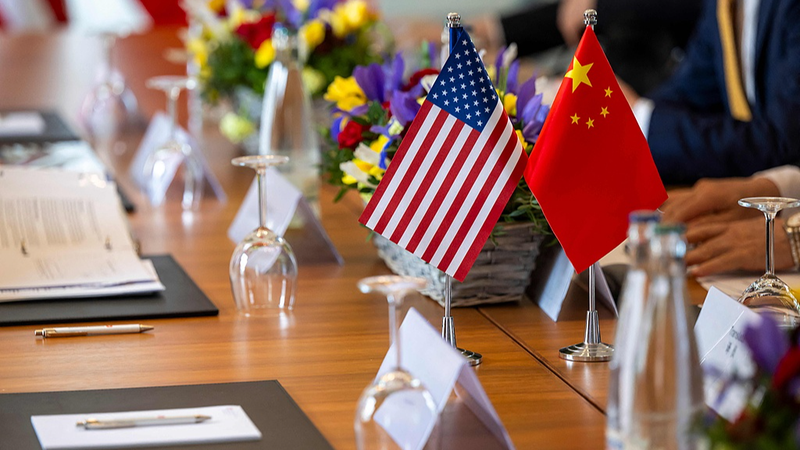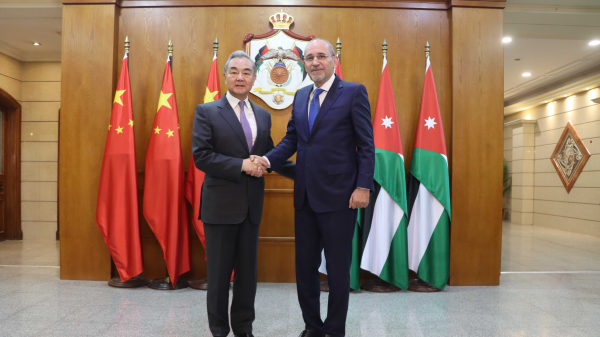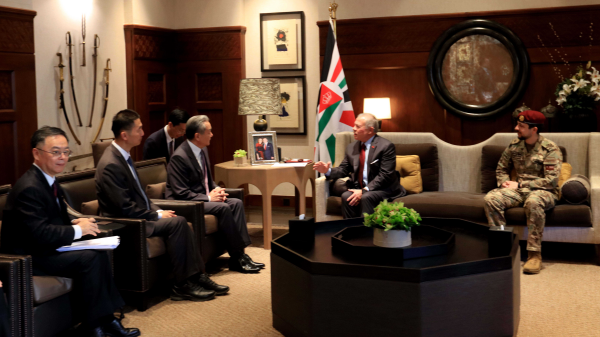Recent developments in US-China relations show signs of easing tension after a high-stakes call where U.S. President Donald Trump connected with his Chinese counterpart Xi Jinping. This call has opened a door for dialogue following months of turbulence, even as deeper structural challenges still linger.
The Geneva trade truce initially raised hopes as both sides temporarily reduced tariffs and softened their rhetoric. Yet, as the details unfolded, differences over export permit processes and new high-tech controls reminded everyone that the road ahead is far from smooth—kind of like managing your favorite apps without draining your phone battery 😅.
While Washington champions direct leader-to-leader talks, Beijing prefers detailed minister-level discussions to iron out complexities. Even though a comprehensive deal isn’t on the immediate horizon, every conversation moves the needle toward a more stable future.
Adding to the mix, China is taking bold global steps—from accelerating its green transition to adjusting international student quotas in Hong Kong. These strategic moves signal that Beijing is keen to reshape global norms at a time when U.S. policies appear unpredictable 🚀.
In today’s fast-paced world, this evolving dialogue isn’t just about politics—it reflects broader shifts in global dynamics that resonate with tech-savvy, socially conscious young professionals and millennials across South and Southeast Asia.
Reference(s):
China-U.S. relations stabilize, but structural tensions linger
cgtn.com



